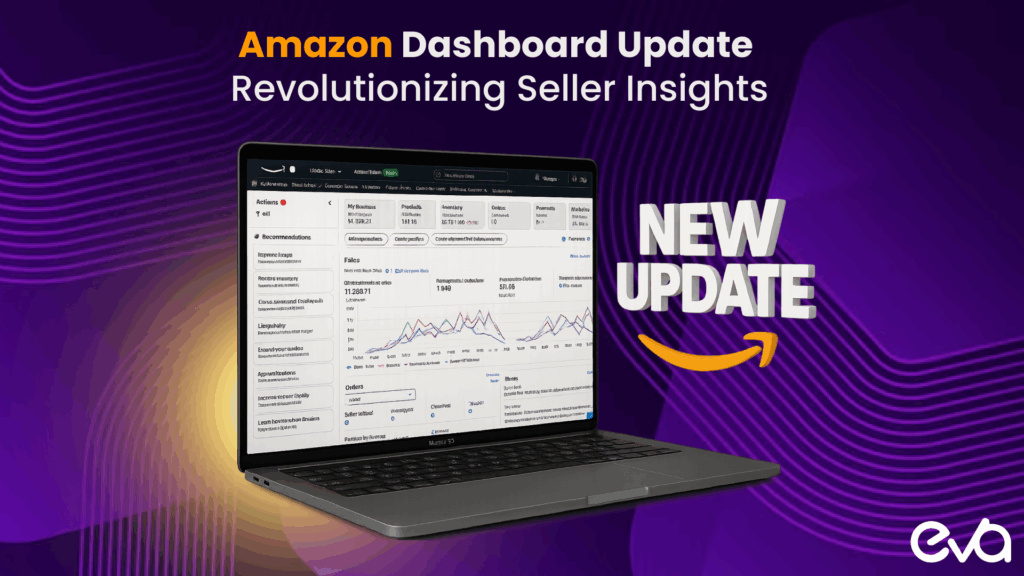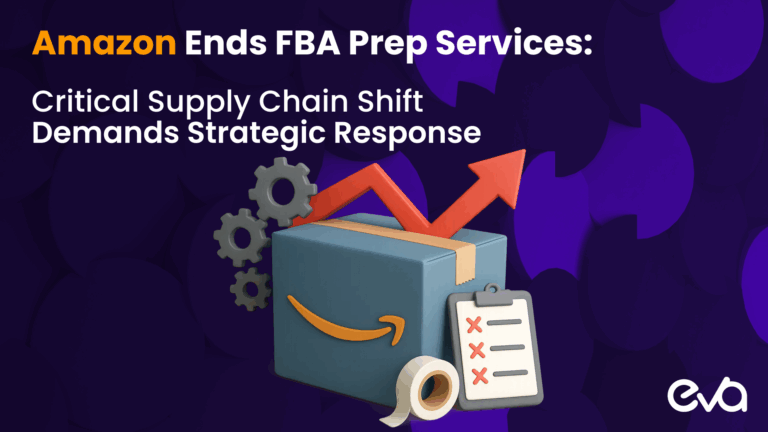Amazon has recognized this need and has introduced significant enhancements to its Seller Central platform, particularly with the Amazon Dashboard update. This update aims to empower sellers by providing them with comprehensive insights and analytics, eliminating the guesswork that often accompanies decision-making in the digital marketplace.
Table of Contents
Understanding the Amazon Dashboard Update
The Amazon Dashboard update is a transformative tool designed to streamline the way sellers access and interpret their performance metrics. By integrating various data points into a single, user-friendly interface, Amazon enables sellers to make informed decisions that can significantly impact their business outcomes.
Key Features of the Update
- Customizable Dashboards: Sellers can now create personalized dashboards tailored to their specific needs. This feature allows for the integration of various metrics, including sales performance, inventory levels, and advertising effectiveness, all in one place.
- Real-Time Data Access: The update provides real-time insights into key performance indicators (KPIs), allowing sellers to monitor their business health continuously. This immediacy helps in making timely adjustments to strategies.
- Enhanced Visualization Tools: With improved graphical representations of data, sellers can easily identify trends and patterns. This visual approach simplifies complex data sets, making it easier to draw actionable insights.
- Integration with Other Amazon Services: The dashboard seamlessly connects with other Amazon services, such as FBA (Fulfillment by Amazon) and advertising tools, providing a holistic view of a seller’s operations.
Benefits of the Amazon Dashboard Update
The introduction of the Amazon Dashboard update brings numerous advantages to sellers, enhancing their ability to compete effectively in the marketplace.
Improved Decision-Making
With access to real-time data and customizable dashboards, sellers can make decisions based on concrete evidence rather than gut feelings. This data-driven approach minimizes risks and maximizes opportunities for growth.
Streamlined Operations
By consolidating various metrics into one platform, sellers can save time and effort previously spent navigating multiple reports. This efficiency allows them to focus on strategic initiatives rather than administrative tasks.
Enhanced Marketing Strategies
The insights gained from the dashboard can inform marketing strategies, enabling sellers to target their advertising efforts more effectively. Understanding customer behavior and preferences allows for tailored marketing campaigns that resonate with the audience.
Increased Profitability
Ultimately, the ability to analyze performance metrics and adjust strategies accordingly can lead to increased sales and profitability. Sellers who leverage the insights provided by the Amazon Dashboard update are better positioned to succeed in a competitive environment.
How to Access the New Dashboard Features
Accessing the new features of the Amazon Dashboard is straightforward for sellers already familiar with Seller Central. Here’s a step-by-step guide:
- Log into Seller Central: Begin by logging into your Amazon Seller Central account.
- Navigate to the Dashboard: Locate the new dashboard section, which is prominently displayed in the main menu.
- Customize Your View: Use the customization options to select the metrics that matter most to your business. You can choose from various data points, including sales figures, inventory status, and advertising performance.
- Explore Visualization Tools: Take advantage of the enhanced visualization tools to analyze your data effectively. Use graphs and charts to identify trends and make informed decisions.
- Integrate Other Services: If you use other Amazon services, ensure they are linked to your dashboard for a comprehensive view of your business performance.
Challenges and Considerations
While the Amazon Dashboard update offers numerous benefits, sellers should also be aware of potential challenges.
Data Overload
With the abundance of data available, sellers may feel overwhelmed. It’s essential to focus on the most relevant metrics that align with your business goals to avoid analysis paralysis.
Learning Curve
For some sellers, adapting to the new dashboard features may require a learning curve. Taking the time to explore the tools and understand their functionalities is crucial for maximizing their potential.
Integration Issues
While the dashboard aims to integrate various services, there may be occasional hiccups in data synchronization. Sellers should regularly check for updates and ensure that all metrics are accurately reflected.
Best Practices for Utilizing the Amazon Dashboard
To fully leverage the capabilities of the Amazon Dashboard update, consider the following best practices:
- Set Clear Goals: Define specific objectives for your business and align your dashboard metrics accordingly. This clarity will help you focus on what matters most.
- Regularly Review Data: Make it a habit to review your dashboard regularly. Consistent monitoring allows you to identify trends early and make necessary adjustments.
- Utilize Visualization Tools: Don’t just look at the numbers; use the visualization tools to gain deeper insights. Graphs and charts can reveal patterns that raw data may obscure.
- Stay Informed: Keep up with any updates or new features introduced by Amazon. The platform is continually evolving, and staying informed will help you make the most of its capabilities.
- Seek Support When Needed: If you encounter challenges or have questions about the dashboard, don’t hesitate to reach out to Amazon support or consult with fellow sellers. Collaboration can lead to valuable insights.
Conclusion
The Amazon Dashboard update marks a significant advancement in how sellers can access and utilize data to drive their businesses forward. By embracing this powerful tool, sellers can enhance their decision-making processes, streamline operations, and ultimately increase profitability. As the e-commerce landscape continues to evolve, leveraging data-driven insights will be crucial for success.
With the right approach and a commitment to continuous improvement, sellers can navigate the complexities of the marketplace with confidence, ensuring their brands thrive in the competitive world of Amazon.








